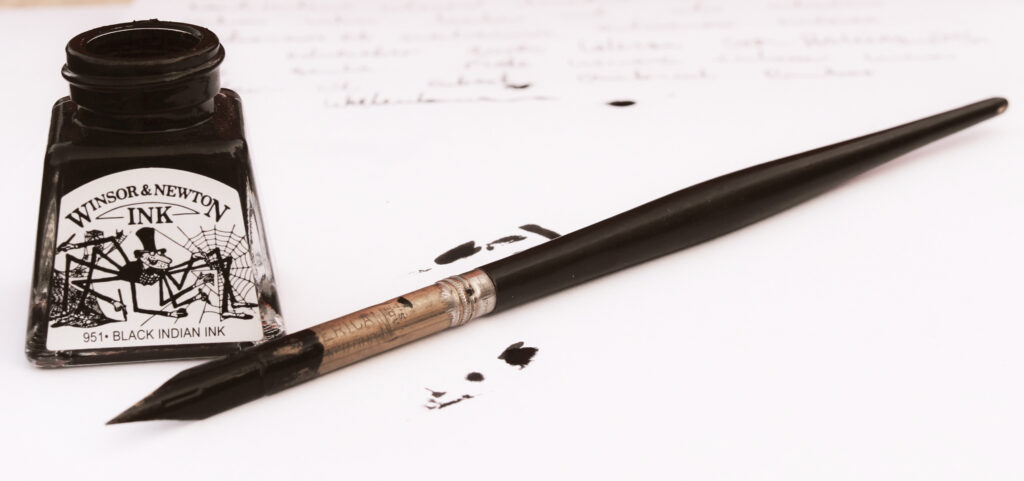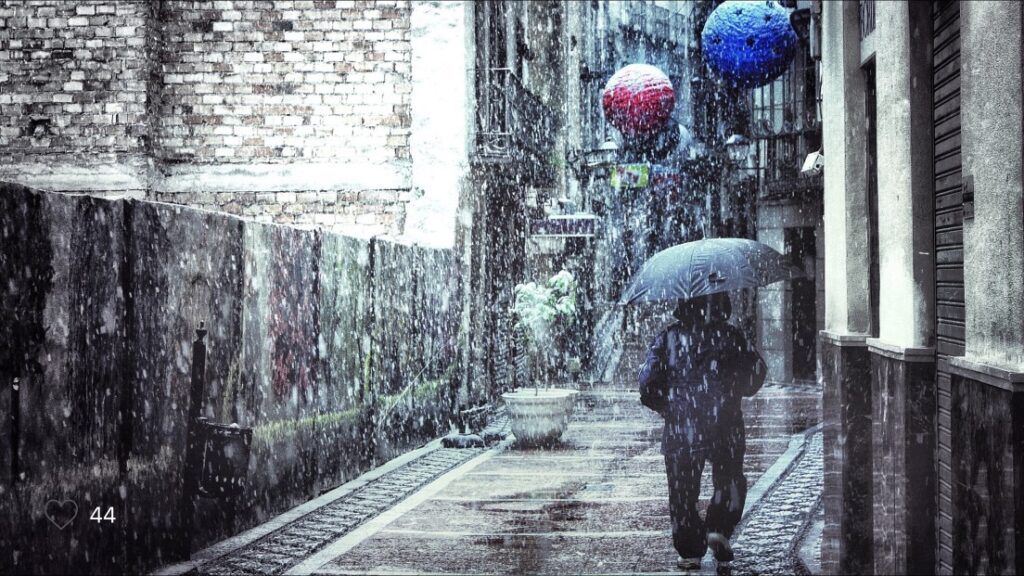Dark Academia is basically an aesthetic that people use. Essentially, an aesthetic like this one is a way to decorate yourself and your surroundings with a single or streamlined theme.
In Dark Academia Aesthetic, people generally follow a theme of being bookish, with a priority for knowledge and literature. Usually those books are classic books, especially leather or cloth bound ones. It combines modern elements with Victorian era style and thoughts.
Dark Academia also has a lot of negative, or dark, words associated with it. These include death, brooding, escapism, and oppressions. Literary tragedies are popular inspirations.
What is Dark Academia and Where did it Come From?
As I said before, it’s an aesthetic. But more than that, it’s kind of a thing primarily because of websites like Tumblr and apps like Tiktok. Dark academia has kind of been this viral sensation, but only if you’re in certain communities.
That’s the thing about algorithms and following people: you only see what is shown to you. You can easily go on Tiktok and never see dark academia content, or go there and see it everywhere.
Here’s a fun compilation video of some dark academia Tiktoks:
Dark Academia Style
Dark Academia style is heavily inspired from the upper-class culture of Europe in the late 19th century. This was the time of great literary thinkers like HG Wells and Charles Dickens, and many classic books like Dracula and The Picture of Dorian Grey came out during this era.
This was a also a time where academics were something to be pursued by those with passion, not an obligation. You could explore and discover so much because there was still so many things to be discovered; but without the pressure that we have today.
For this reason vintage books and other academia-related accessories (globes, skulls, other areas of study) also fit well into the aesthetic.
Furniture
Furniture is typically made of wood, and generally more ornate than what we have in modern times. Bookshelves are free of technology, rooms prioritize fires over televisions, and there isn’t a pressure to keep up with modern trends.
Sculptures are white marble when incorporated into the décor and artwork is usually what’s associated with European civilization, but not necessarily that specific time: Baroque, Renaissance, and Neoclassical, for example.
Clothing
Clothing is generally preppy, this of course being reflective of how those in that era dressed during those times. For men, that means sweaters, jackets, ties, and slacks. Women, on the other hand, tend to dress in modern, mainly twists due to the restrictive nature of 19th century women’s clothing.

Other Themes in Dark Academia
Although it’s often used as an aesthetic, like other types of styles, Dark Academia has a very real subculture too. While it may very well get the namesake from the fact that generally speaking, the aesthetic involves low light, dark coloured clothing, and natural materials like leather and wood that are typically dark, there is also a darker side to Dark Academia.
Academics of the time (again, we’re talking about mid to late 19th century here) were often considered rebels simply because of their desire to learn and research. Books were also powerful, and your written work easily could stir controversy and protest even more then than it can today.
Furthermore, secret societies and underground organizations were aplenty during the Victorian era. To a modern person these can seem appealing, especially the idea of meeting in secret to share ideas.
Finally, although many people who enjoy the aesthetic do not partake in anything illegal, there is something alluring about the criminality that Dark Academia seems to include. At the time, drugs were very commonly used to help promote “thinking”. Murderous conspiracies were also common (think Jack the Ripper), which fit the aesthetic from both the mad murderous professor and brilliant detective points of view.
Who is Dark Academia For?
While it’s generally pretty niche, Dark Academia has been a growing trend lately especially thanks to Tumblr and TikTok. It lends its growing resurgence mainly to gen z and millennials who are drawn to it’s unique qualities and community.
Dark Academia is for anyone who enjoys the aesthetic. It is most commonly used by book lovers, writers, scholars, students, and those who prioritize learning, free thought, and self discovery.
Contrary to popular belief, you don’t need to be a certain MBTI personality type or even an introvert to be a Dark Academic. In fact, many of these people romanticized with the aesthetic enjoyed the company of others – even if it was like-minded people.
Men and women can both partake in this aesthetic, although most of the real-world inspiration comes from males due to their elevated status at the time.

It’s Romantic
A lot of people are drawn to Dark Academia because of how easy it is to romanticize. The time period was simpler, especially if you were someone of a higher social class. There’s less burden of obligations or technology, and more focus on manual hobbies like letter writing or playing chess.
Many people who are drawn to Dark Academia find the idea of getting away from modern society appealing. There is also something alluring in belonging to a secret, or underground, group of like-minded individuals.
Some Things to Consider With Dark Academia
While embracing an aesthetic can be fun and calming, it’s important to keep things in perspective. There are many aspects of Victorian life that we now know aren’t healthy, like the use of drugs, poor sleep schedules, or overworking. Like any hobby or lifestyle, it should be met with balance.
It’s also important to keep in mind when pursuing Dark Academia lifestyles or aesthetic that you keep in mind it’s very broad. This is partially due to the style being perpetuated by relatively young folks and a whole collective of people who are engaging with it.
The era, for example, can range from the 1850s all the way to the 1940s, although most of the architecture used in the aesthetic are older Gothic style buildings.







